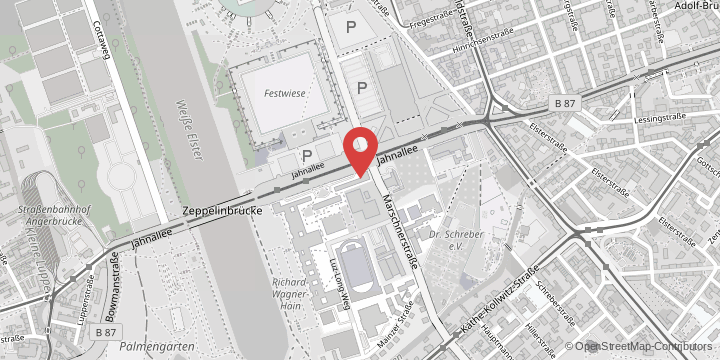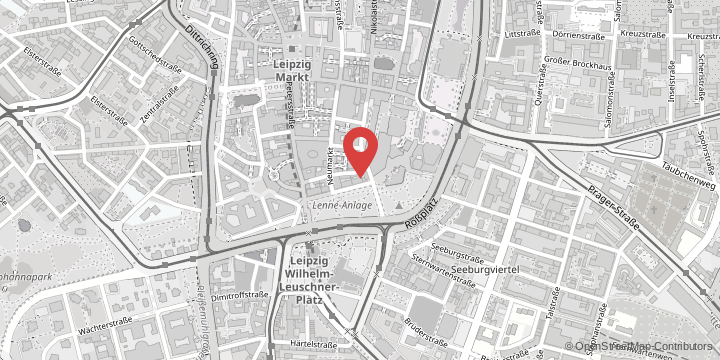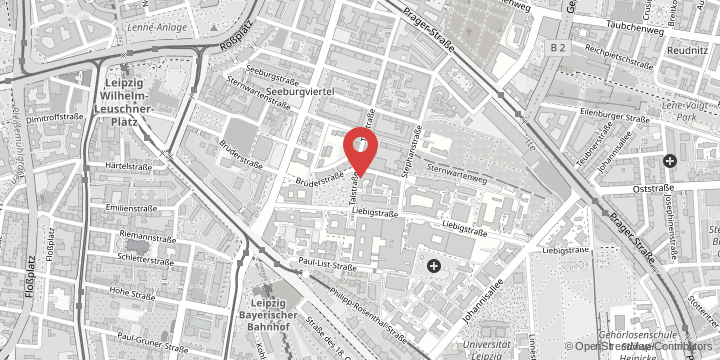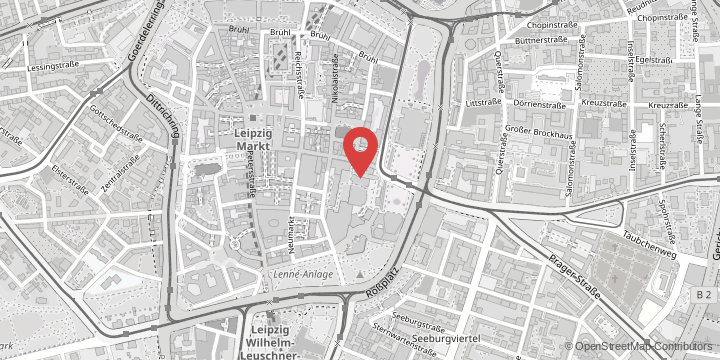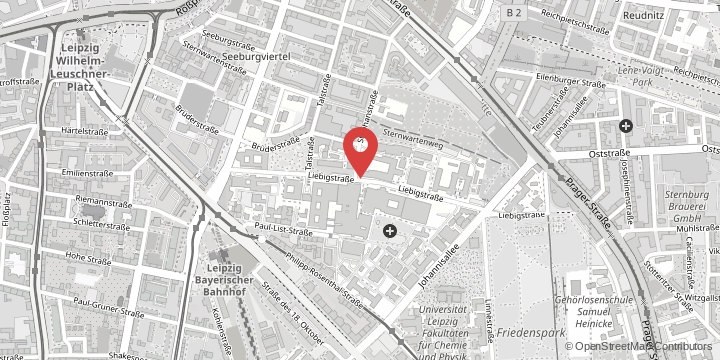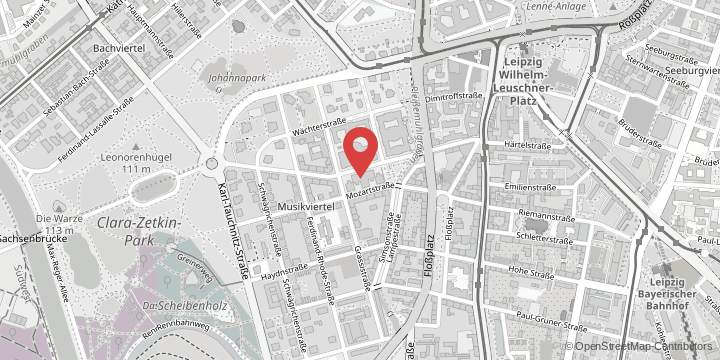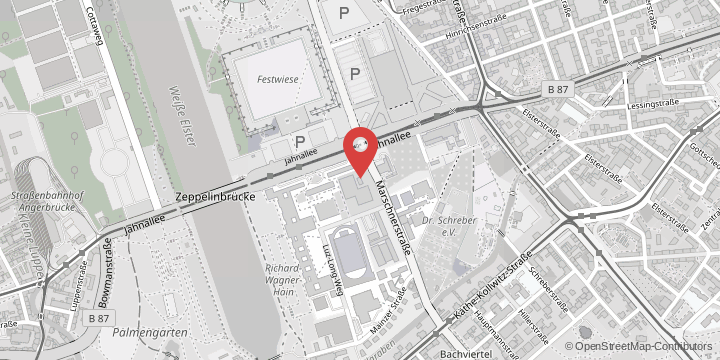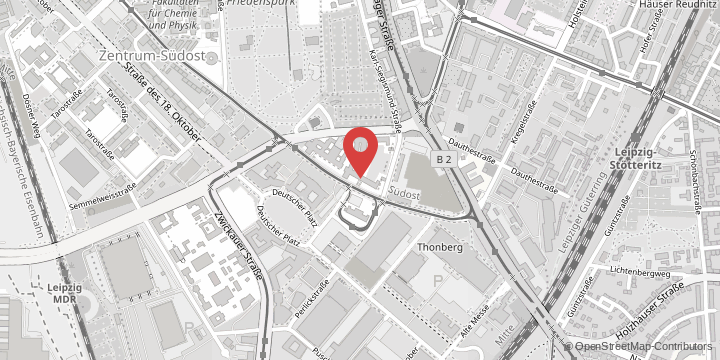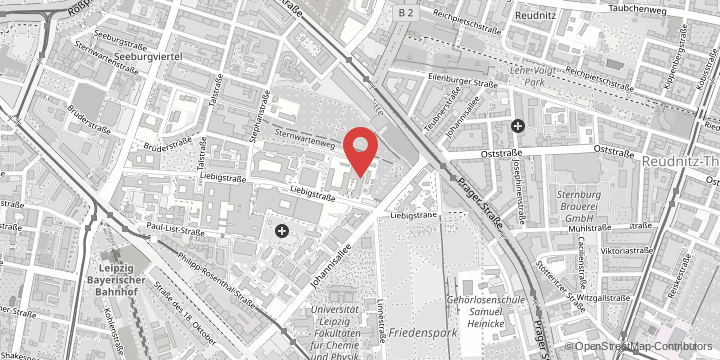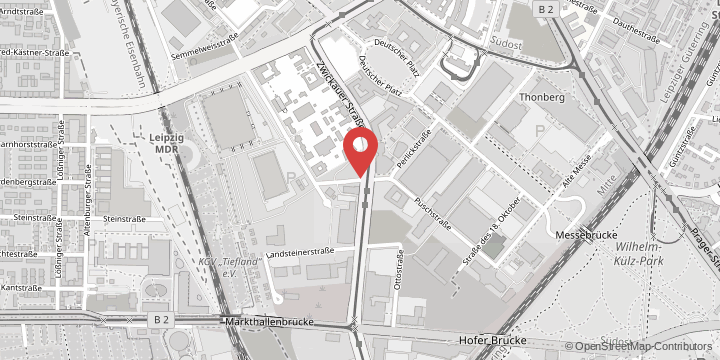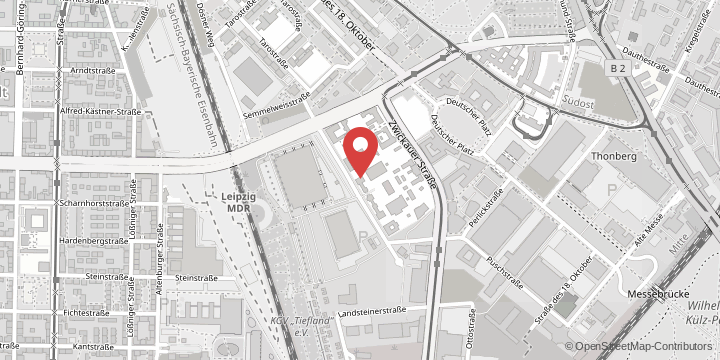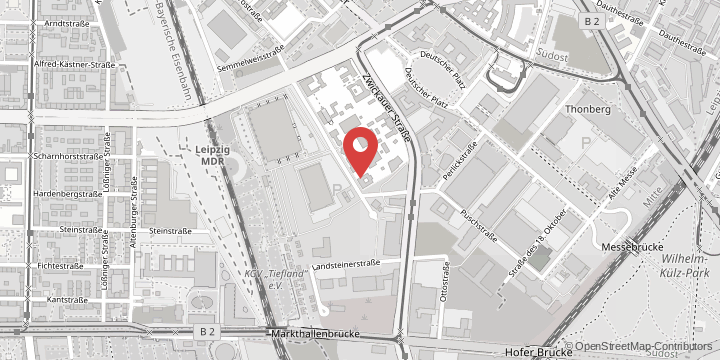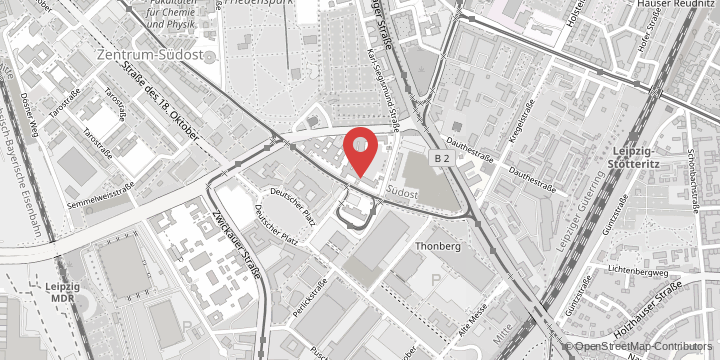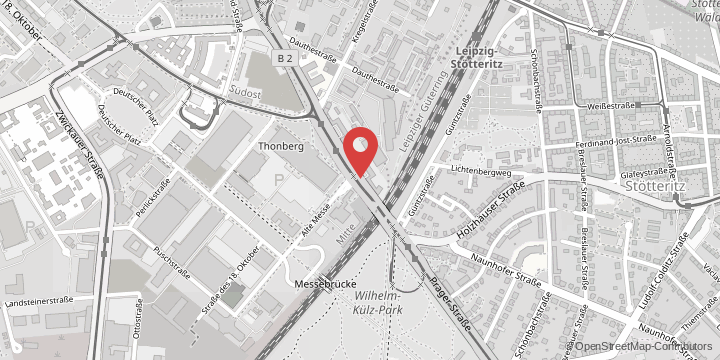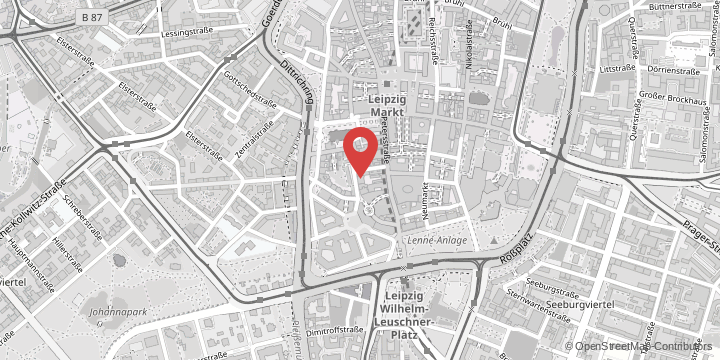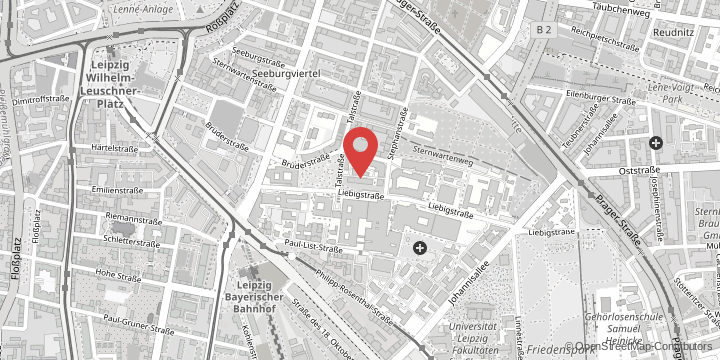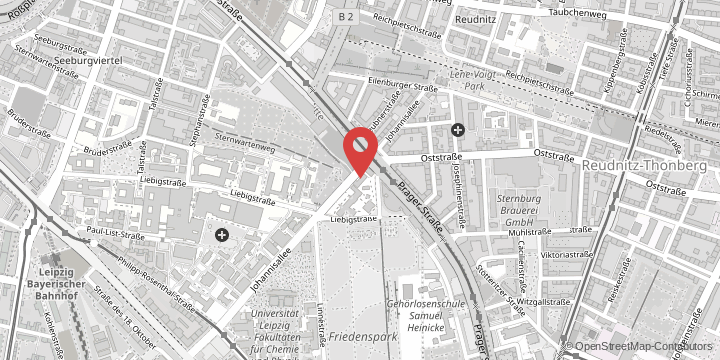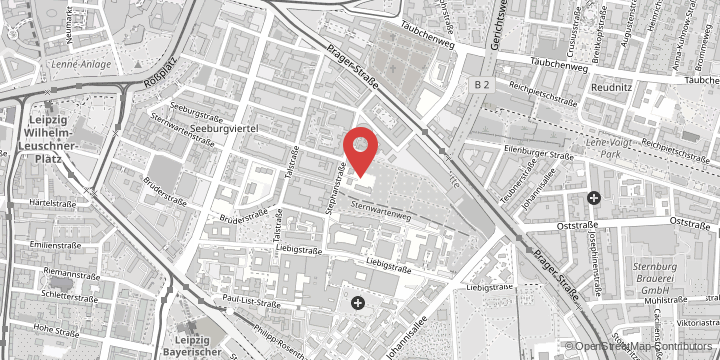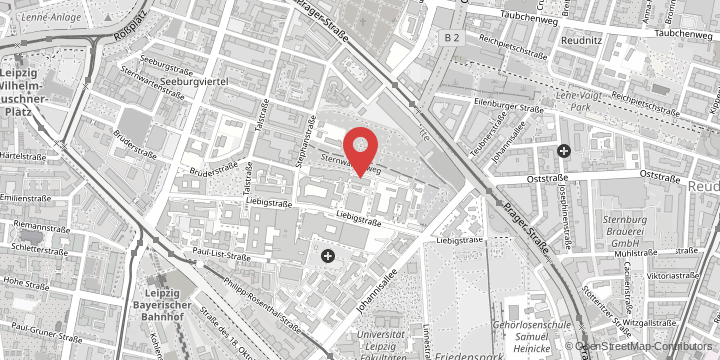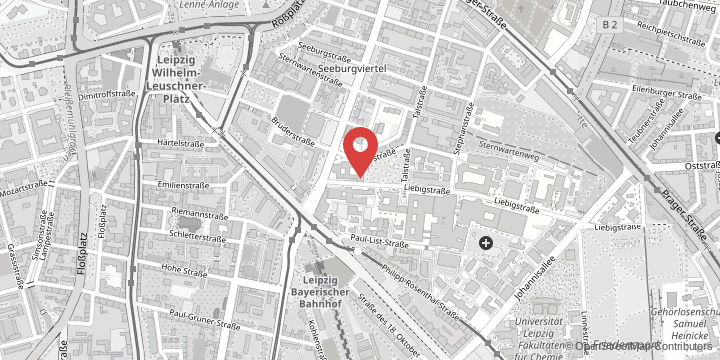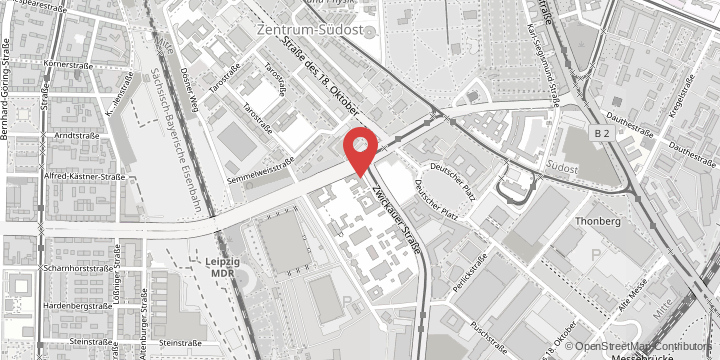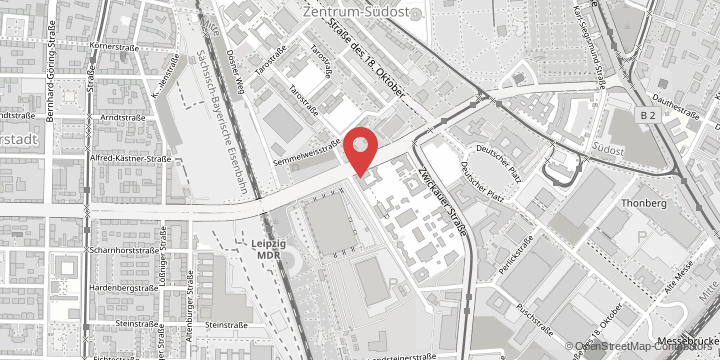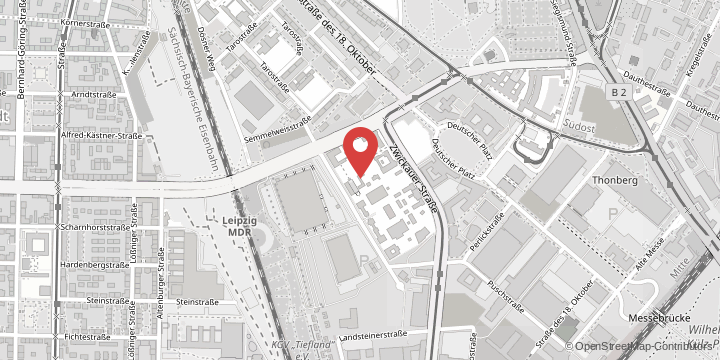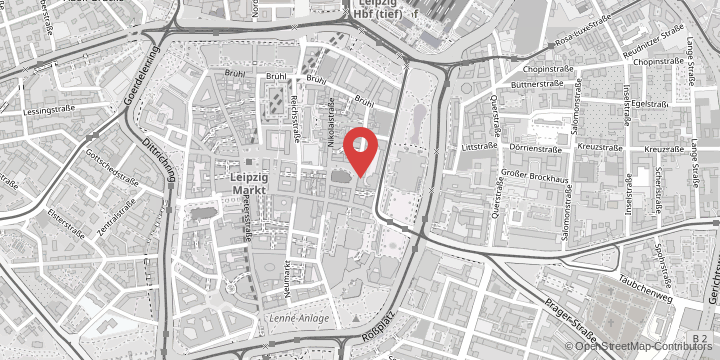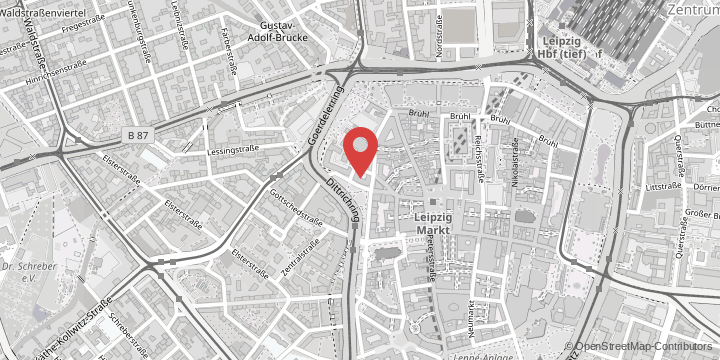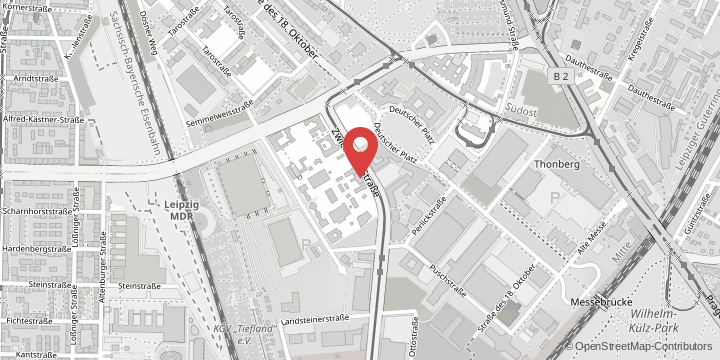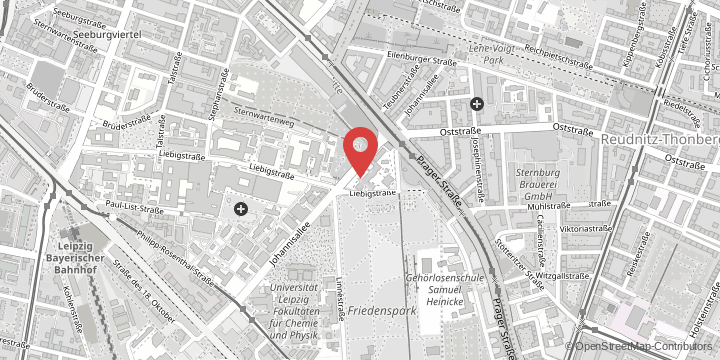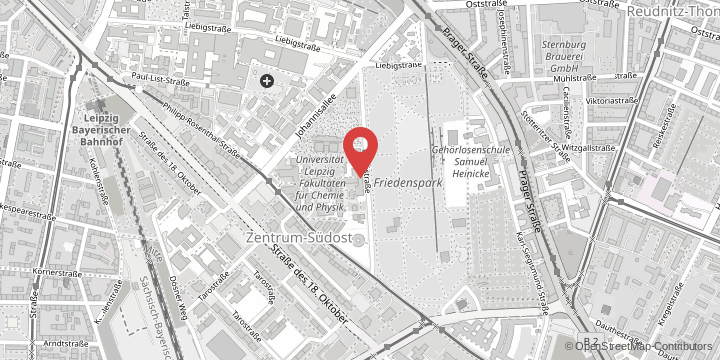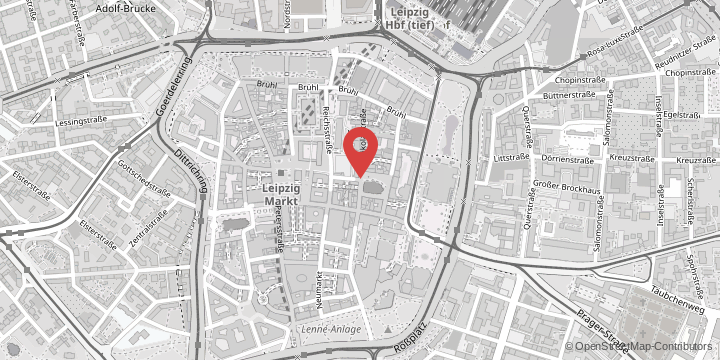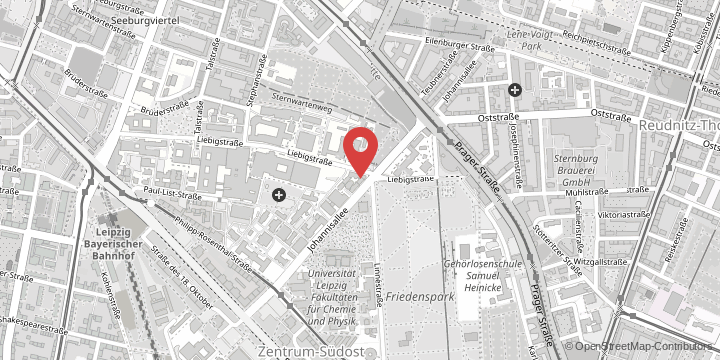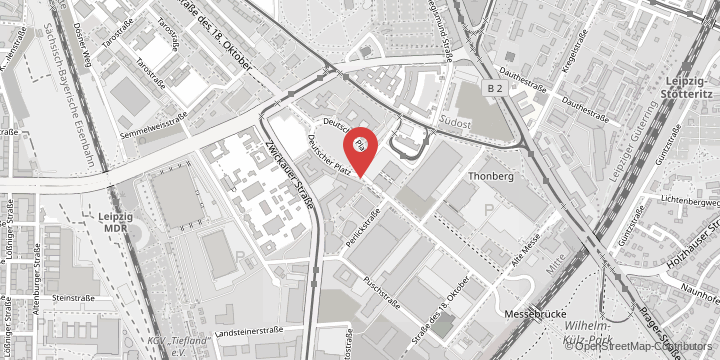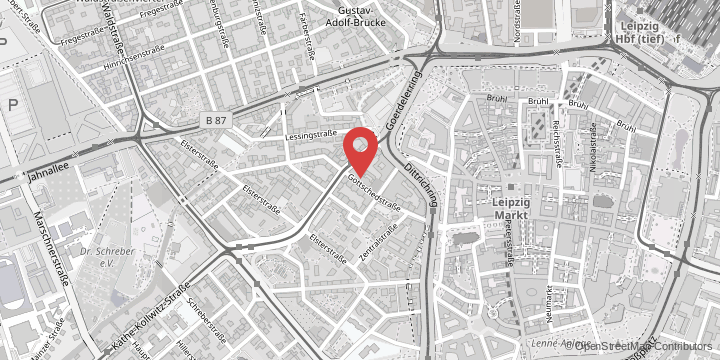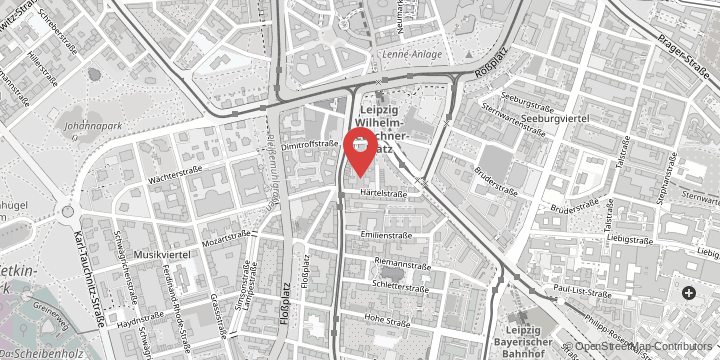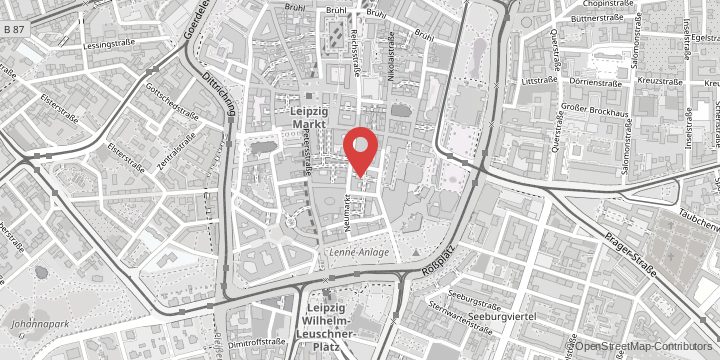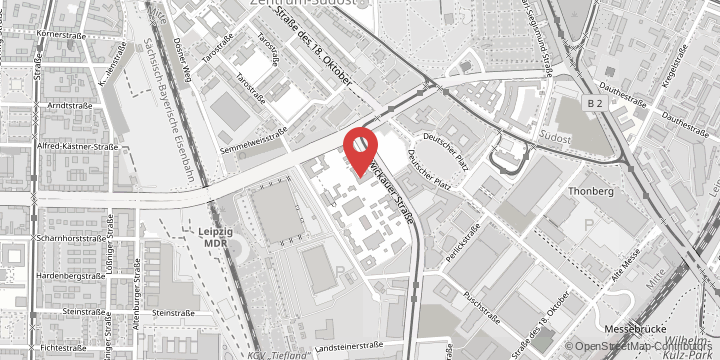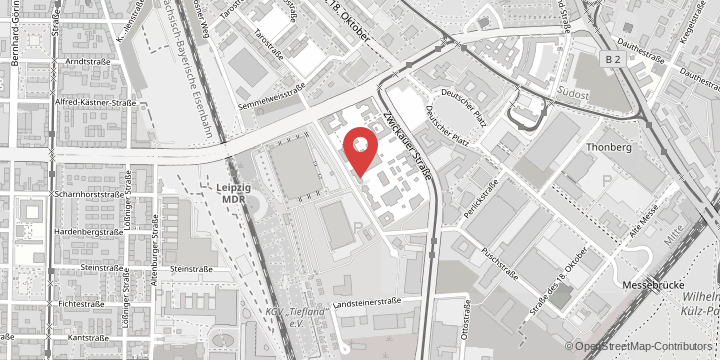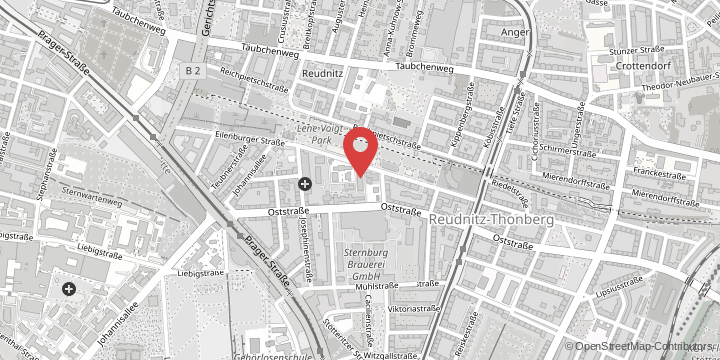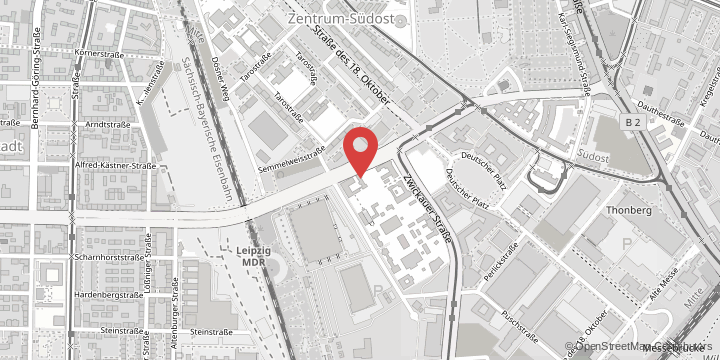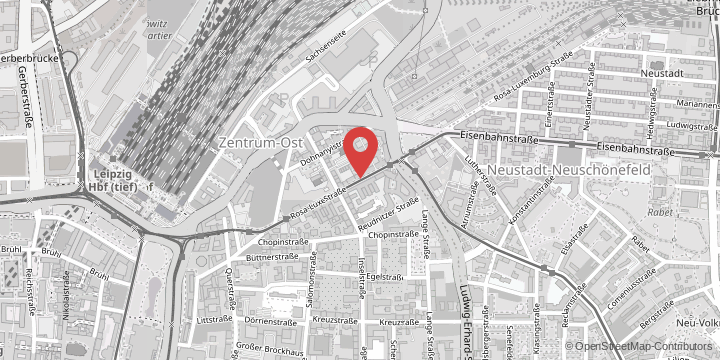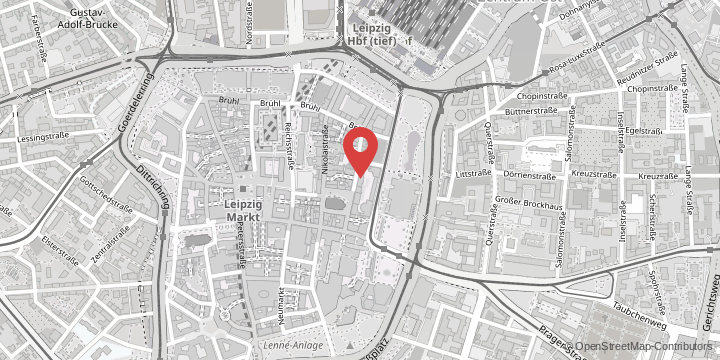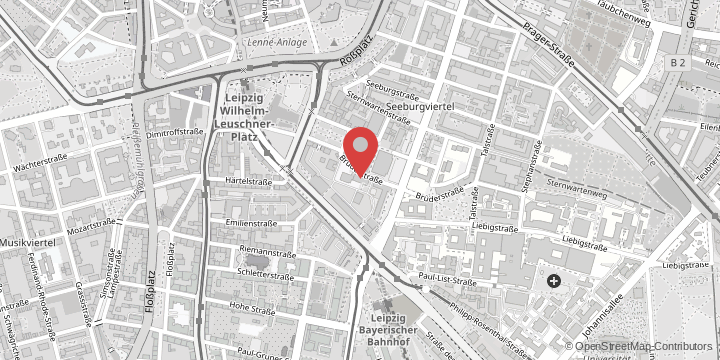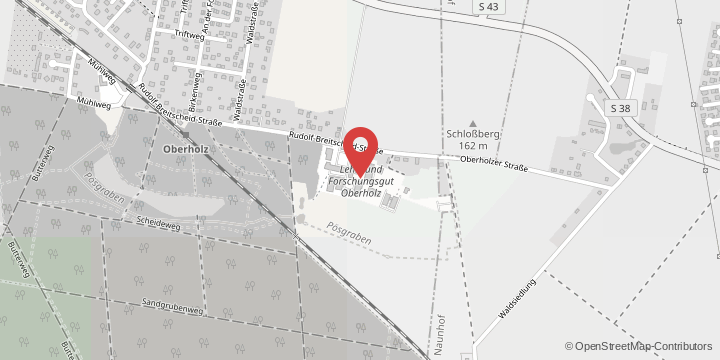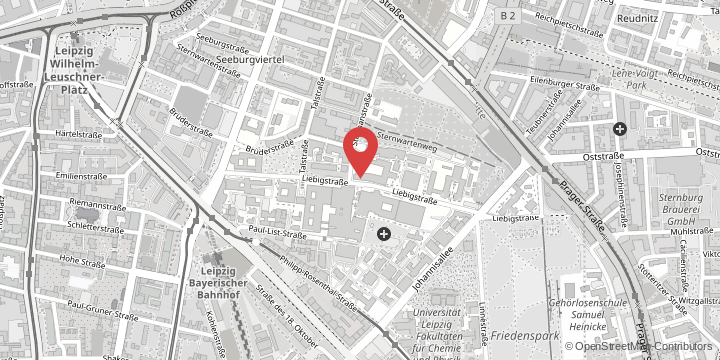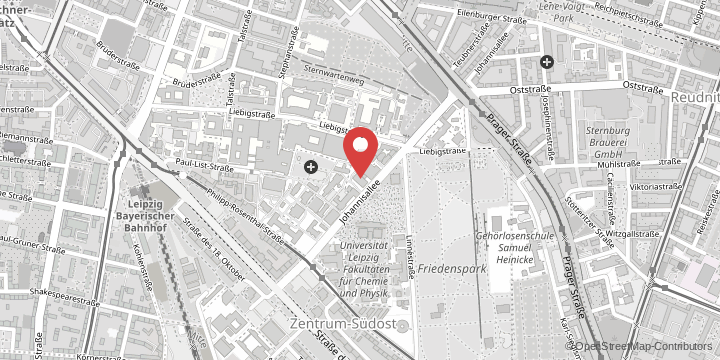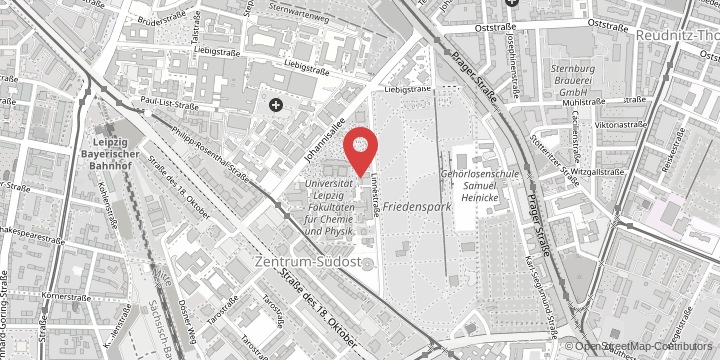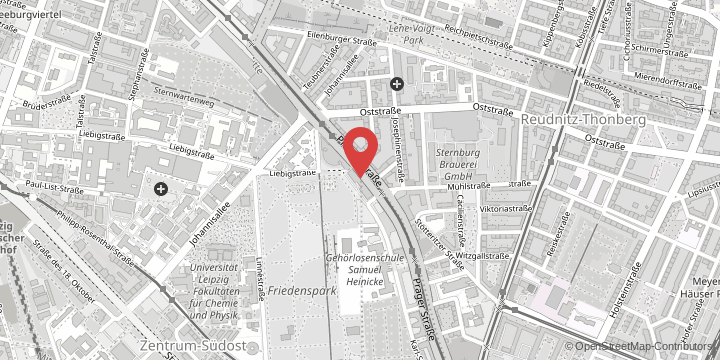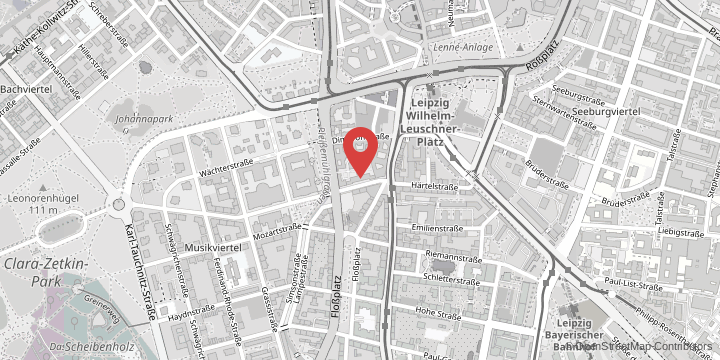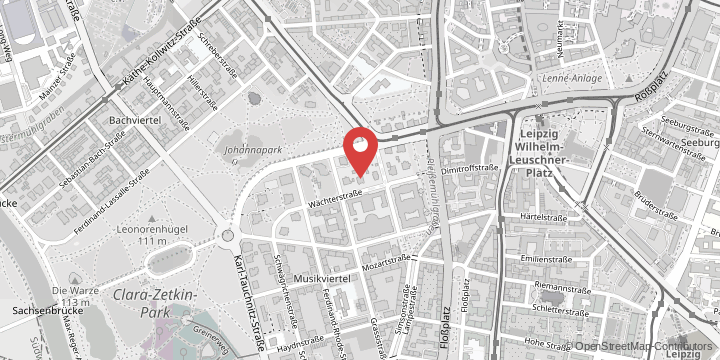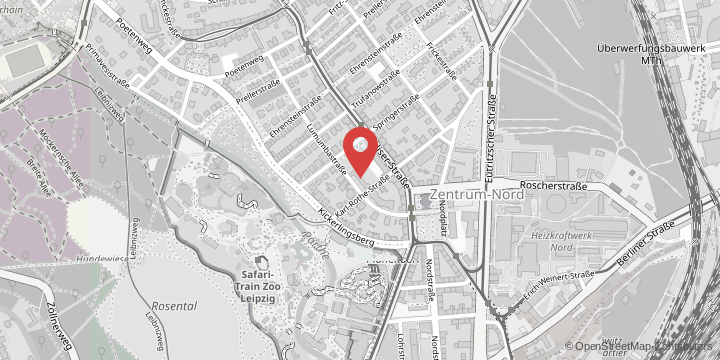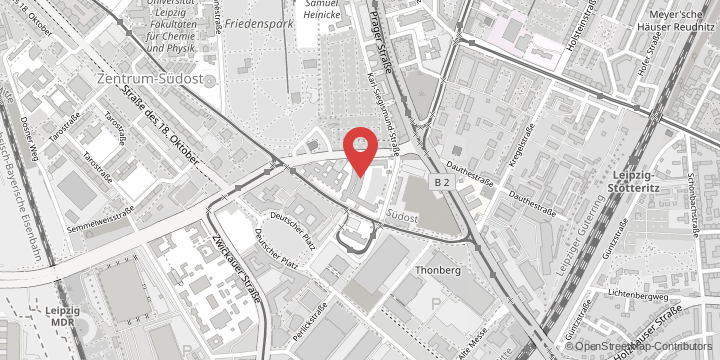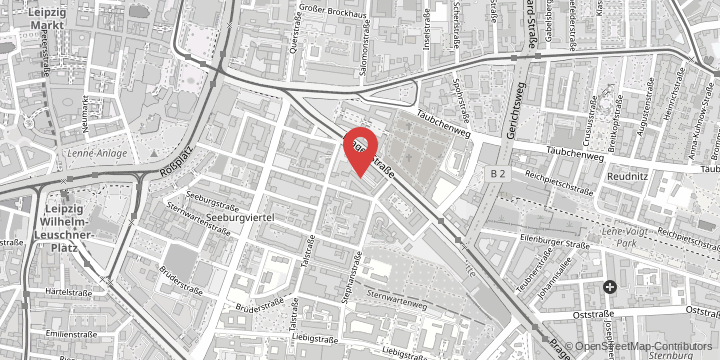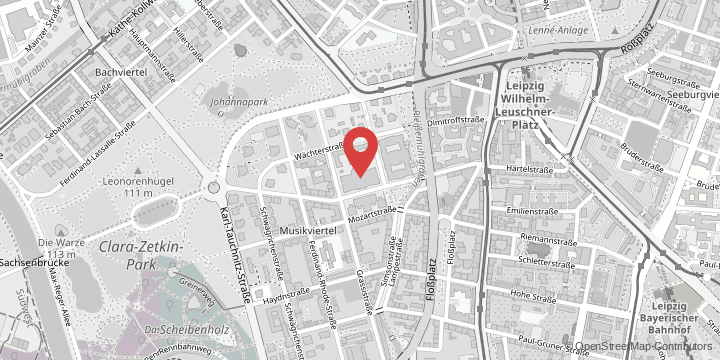Managing insulin-dependent diabetes in young children is a major challenge. In Germany, people mostly use insulin pumps for controlling blood glucose levels. In combination with continuous glucose monitoring under the skin, this is called sensor-augmented pump therapy. The parents are responsible for manually dosing the insulin and adjusting the elevated blood glucose. This often requires correction, especially at night. Automated insulin delivery systems are available for older children and adolescents, but not for young children. This age group has the highest day-to-day variability in terms of insulin requirements and cannot respond independently to blood glucose. Prolonged periods of elevated blood glucose levels can have a negative impact on brain development and intelligence quotient.
An automated insulin delivery system developed at the University of Cambridge has now been tested on 74 children aged one to seven years and their families from seven paediatric diabetes centres in the UK, Austria, Luxembourg and Germany. Leipzig University Hospital was the only German site involved in the international consortium. Professor Roman Hovorka from the University of Cambridge has developed an Android app – CamAPS FX – for managing blood glucose levels in young children with type 1 diabetes, which automatically adjusts the insulin dose when combined with an insulin pump and continuous glucose monitoring.
More effective than standard therapy for young children
The approach employs a so-called hybrid closed-loop system, in which the parents still have to deliver insulin at mealtimes, but at all other times the algorithm automatically controls the amount of insulin depending on the child’s glucose levels. According to the study data, the system was safe and more effective than the standard therapy used in this age group. Parents reported finally being able to sleep through the night again without having to react to elevated or low blood sugar levels. During the night, blood glucose levels remained in the target area for more than 80 per cent of the time.
PD Dr. med. Thomas Kapellen, head of this study at the diabetes centre at Leipzig University Hospital’s paediatrics department, examined ten children aged four to seven years. “Nine of them are continuing to use the system after the end of the large-scale study, currently as part of a follow-up observation in real life,” said the paediatric diabetologist.
Two hours per day more than before in the desired blood sugar range
All 74 young children who took part in the study used the sensor-augmented mode – the previous standard therapy – for 16 weeks, and then the automated hybrid closed-loop system for 16 weeks. When using the CamAPS FX app, their blood sugar was in the target range for almost three quarters of the day. In total, this amounted to 125 minutes longer per day than with the previous standard therapy. This meant that the study participants spent less than a quarter of the day, 22.9 per cent, above the blood glucose target range. In contrast, there was no difference in hypoglycaemia between the two groups. The app also reduced the mean blood glucose level. When using the new system, the children’s metabolic control was thus significantly improved and within the desired range.
“The app is CE-certified, but at present is not yet covered by health insurance in Germany. Since it is currently the only CE-certified system in the world for children aged one year and up, I hope that it will be approved very soon and the costs then covered by the health insurance funds in Germany,” said Dr Thomas Kapellen.
Original publication in New England Journal of Medicine:
“Closed-loop in very young children with type 1 diabetes: a randomized trial”, DOI: 10.1056/NEJMoa2111673


